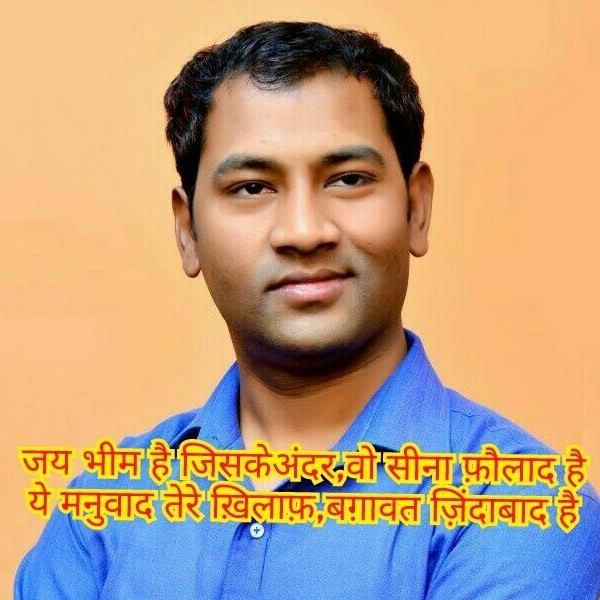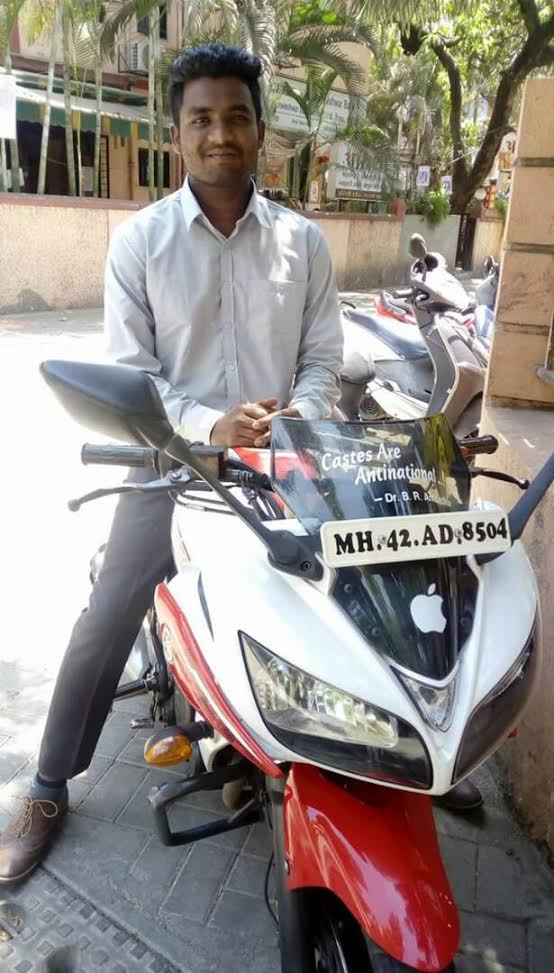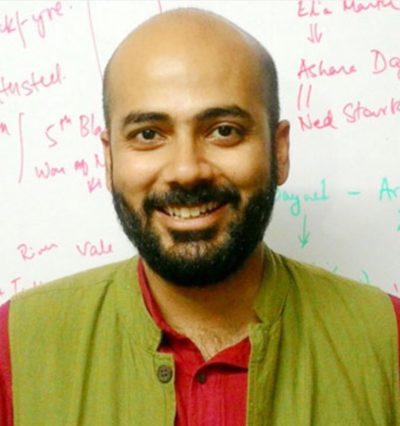Exhibition and Events
16th November – 3rd December
at School of Arts and Aesthetics, Jawaharlal Nehru University (JNU).
[Via Shaheen Ahmed]
The topic of gender, gender-based violence, fetishization, and casteism in contemporary works of art by twenty artists launches in a few days in New Delhi. Including video, performance art, photography, painting and drawing by such well-known artists as Rashid Rana, Mithu Sen, and Pushpamala N, among many others, the presentation will explore different aspects of gender through the eyes of differing artists hailing from India, South Africa, China, Mexico, Pakistan, and Bangladesh. On 16th November, Saturday, from 2-3 pm there will be an exclusive preview for press and from 5–7 pm, a public preview of the exhibition, which is curated by M.Phil Visual Studies students of School of Arts and Aesthetics, Jawaharlal Nehru University (JNU). The exhibition will remain on view through December 3rd 2013, and is open Monday to Saturday, 11 am – 6 pm. During the course of the exhibition several events including artists’ performances, public talks, and a film premiere are planned.
The planned exhibition and events also include a section on Dalits and Adivasis:
Dalits and Adivasis
Concerns about gender issues often focus on discrimination and inequality in urban places, and can be very one-sided. What about remote places, rural places, where incidences of discrimination and inequality are underreported, and equally if not more violent? The media rarely covers these issues, perhaps because factors of caste and social discrimination still remain prevalent — likewise there is little consistent attention paid to these problems by political organizations or contemporary artists. This section includes artists who are concerned with gender issues of Dalits, Adivasis, and other marginalized women.
~~~









